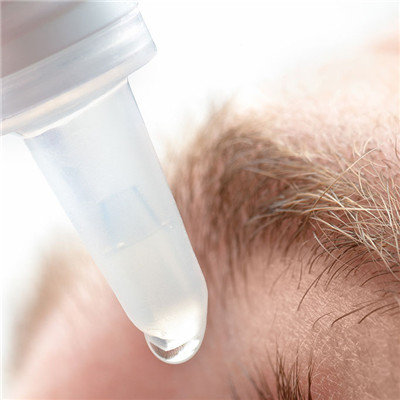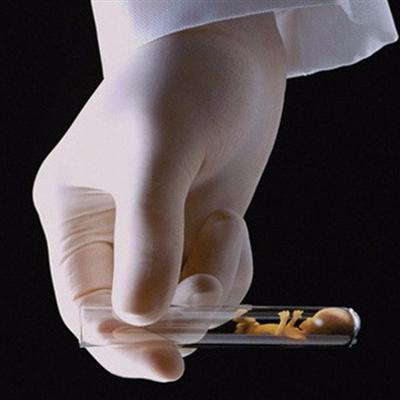Where is the coronary artery?
summary
Where is the coronary artery? The shape of the heart is like an inverted cone with slightly flat front and back. If it is regarded as the head, the coronary artery located at the top of the head and almost around the heart is like a crown, which is the origin of its name. The coronary artery is the artery that supplies blood to the heart. It starts from the aortic root in the aortic sinus and runs on the surface of the heart. According to Schlesinger's classification principle, the distribution of coronary artery was divided into three types: 1. Right dominant type; 2; 2. Balanced type; 3. Left dominant type.
Where is the coronary artery?
In order to maintain the normal life activities of human organs, the heart needs to keep beating to ensure the blood supply. As a muscle power organ pumping blood, the heart itself also needs enough nutrition and energy. The vascular system that supplies nutrition to the heart is coronary artery and vein, also known as coronary circulation. Coronary artery is the artery that supplies blood to the heart. It starts from the root of aorta and runs on the surface of the heart. Under normal circumstances, its resistance to blood is very small, less than 5% of the total coronary artery resistance. The blood vessels that enter the heart wall from epicardial artery are the outer and middle myocardium that dominate the ventricular wall; One is that it enters the ventricular wall directly to the subendocardium (i.e. perforating branches), with almost no decrease in diameter, and forms an arcuate network with other perforating branches under the endocardium, and then divides into arterioles and capillaries. The plexus and perforating branches form abundant capillary network between myocardial fibers and supply blood to the myocardium. As the coronary artery walks in the myocardium, it is obviously subject to the impact of myocardial contraction and compression. In other words, when the heart contracts, the blood is not easy to pass through. Only when it relaxes, the heart can get enough blood flow. This is the characteristic of coronary artery blood supply.
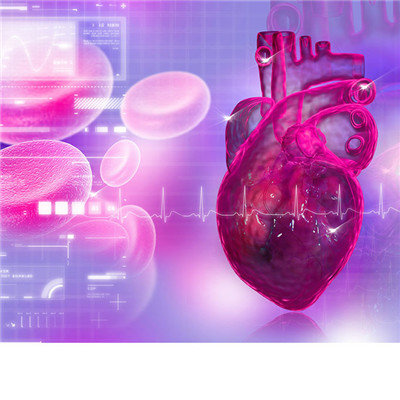
The density of capillaries in human myocardium is very high, about 2500 capillaries per square meter, which is equivalent to one capillaries per cardiomyocyte. It is conducive to oxygen uptake and substance exchange of cardiomyocytes. At the same time, there are abundant anastomotic or collateral branches between coronary arteries. Although the coronary artery is small, the blood flow is large. It accounts for 5% of cardiac output, which ensures that the heart has enough nutrition to keep it beating day and night. Coronary vein accompanied with coronary artery collects the metabolized venous blood, flows to coronary sinus and returns to right atrium. If the coronary artery is suddenly blocked, the collateral circulation can not be established quickly, which often leads to myocardial infarction. However, if the coronary artery occlusion is formed slowly, the collateral can gradually expand and a new collateral circulation can be established to compensate.
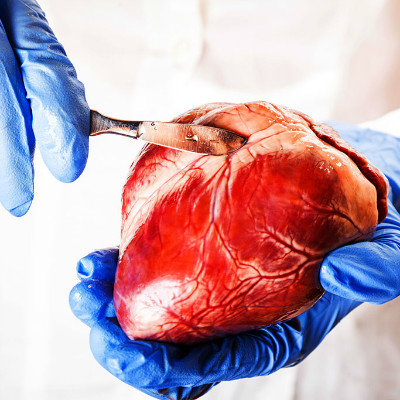
Coronary angiography should be said to be a very routine operation. It is performed in the outpatient department of western countries. In China, we have to stay in a hospital for one or two days, insert a blood vessel from the hand artery, and then take medicine to see where the stenosis is, the location and degree of stenosis, the nature of stenosis, and whether it is complex or simple stenosis, Only in this way can we decide what kind of treatment is suitable for this patient, what information can we get from coronary angiography and give the patient the best guidance. We say that coronary angiography is a golden indicator. Without it, we can not give the patient a correct consultation service. Coronary heart disease (CHD) is one of the most common heart diseases in middle-aged and elderly people. Due to abnormal lipid metabolism, cholesterol and triglycerides gradually deposit on the wall of blood vessels to form atherosclerotic plaque, which leads to narrowing of coronary artery lumen and cardiac ischemia. It can be manifested as angina pectoris, myocardial infarction, heart failure and sudden cardiac death.
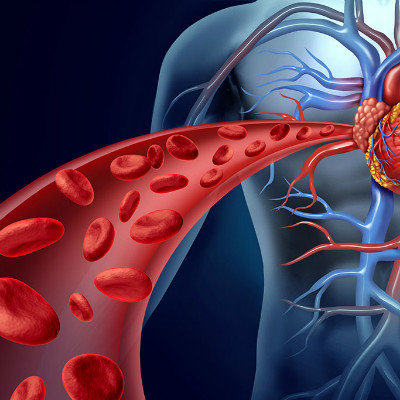
matters needing attention
Coronary angiography is the most accurate method for the diagnosis of coronary heart disease, which is called the "gold standard" by the medical community. The examination method is to send a 2 mm diameter angiography catheter through the peripheral artery to the opening of coronary angiography, and inject a small amount of contrast agent to make the coronary artery develop, which can accurately display the vascular condition. The trauma of the examination is slight, and the examination usually takes only 10-20 minutes. According to the condition of blood vessels, the further treatment plan is selected. With the help of X-ray, the patient enters the coronary artery of the heart all the time. The left and right coronary arteries can be examined by contrast agent, and then the stenosis of coronary artery and its branches, the location and degree of stenosis, and the function of collateral circulation and left ventricle can be clearly distinguished.






